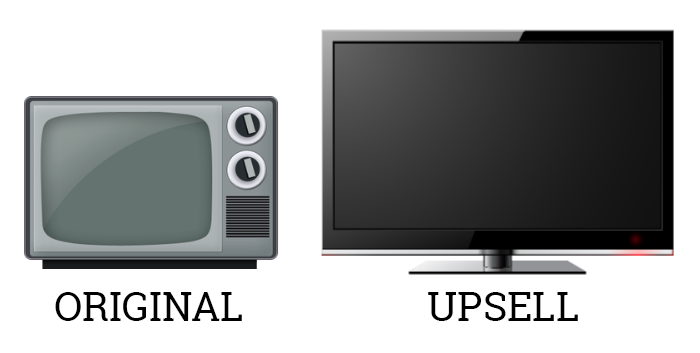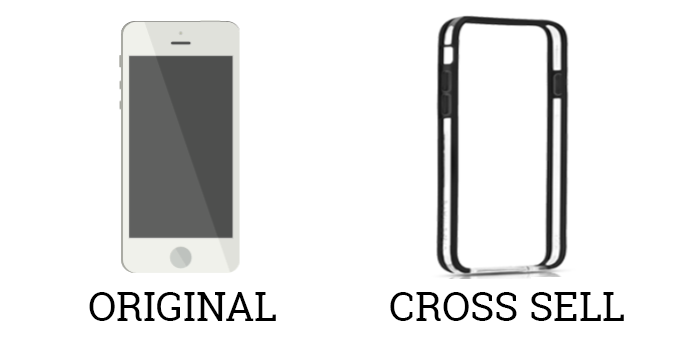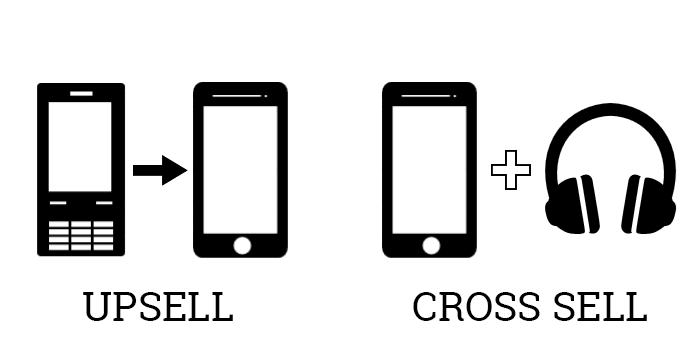Maximise your profit with upsells and cross sells
As a merchant or a person acquainted with ecommerce, you might have heard such terms as “cross selling” and “upselling”. But if you think these are some sort of sophisticated novelties – they are not. These techniques have been used by many generations of traditional retailers and are still considered to be the keys to profit generation.
Cross selling and upselling allow to get extra sales revenue by encouraging the customers to buy more expensive products or to add complementary ones to already purchased.
Being similar in their idea, they are often confused and used synonymously when, in fact, they require different approaches for successful implementation. Taras Kopchak, Marketing Manager at Cart2Cart, explains more and shares how you can maximise profit with upsells and cross sells.
The Principal Difference
An upsell is used to make a customer to spend more money – to buy a more expensive model of the same type of product than they have planned. You offer to take a look on, let’s say, a TV with a bigger screen and higher resolution, seducing the customer buy a more advanced (and expensive) product than your customer originally wanted to.

A cross sell is used to make a customer to buy more products from other categories in addition to already chosen one. The “cross sell” product should be related, beneficial and logical – a little “extra” that might come in handy. While the purchase of drumsticks in addition to the guitar is not the best suggestion, it would be a reasonable though to offer a protection case to the customer who just bought a smartphone.

Techniques example
Image you’re looking for an iPhone 5s, 32gb. This is what you see:
- iPhone 5s 32b, $499 – the product you’re actually looking for
- iPhone 5s 64gb, $599 – upsell, the same product, but more expensive model
- iPhone 6 32gb, $799 – upsell, the same product, but more expensive model
- $25 iTunes card – cross sell, different product, but could come in handy
- iPhone 6 128gb, $1099 - upsell, the same product, but more expensive model
- Apple In-Ear Headphones $79 - cross sell, different product, but could come in handy
As you can see, upselling and cross selling techniques are often used simultaneously. Quite possibly, you might consider buying a higher end phone or simply just grab a new pair of headphones.
Which one to focus on?
Upselling and cross selling are not mutually excluding. These techniques can and even should be used together in order to maximise sales. Although, we can say that they have different “areas of appropriateness” – meaning that they work the best on various stages of purchasing process.
When it comes to product pages, upselling technique can work really well. It can be explained by the fact, that the customers don’t like to be distracted and therefore, they are less likely to pay attention to products of any other sort except the products of the category they are currently interested in. Nevertheless, they still might consider buying a more expensive variation if you manage to show the benefits of spending more.
On the other hand, cross selling can be more effective on checkout pages. At this point, the upselling might have lost some of its, as the customer has already made the choice and unlikely (though still might) to suddenly change his or her mind. This therefore, is the perfect moment to offer more – an additional product, such as flash card for camera, mouse for laptop or gas for a barbecue grill. The customer will consider it as a possibility to make the purchase even better and likely to spend several extra dollars.

Don’t get fanatic
Though 20% of ecommerce revenues are the result of upselling and cross selling, their ultimate aim is to better customer experience and help to make the most advantageous purchase for both sides. Thus, upselling is aimed to benefit the customer by providing a higher product quality, while cross selling adds benefit by providing additional quality.
Don’t be too aggressive with the promotion and don’t persuade the customers to do what they don’t want to – they still won’t. You message should be clear: “You have an opportunity to buy a better product and this little helpful thing in addition, but we’ll be grateful even if you don’t”.


